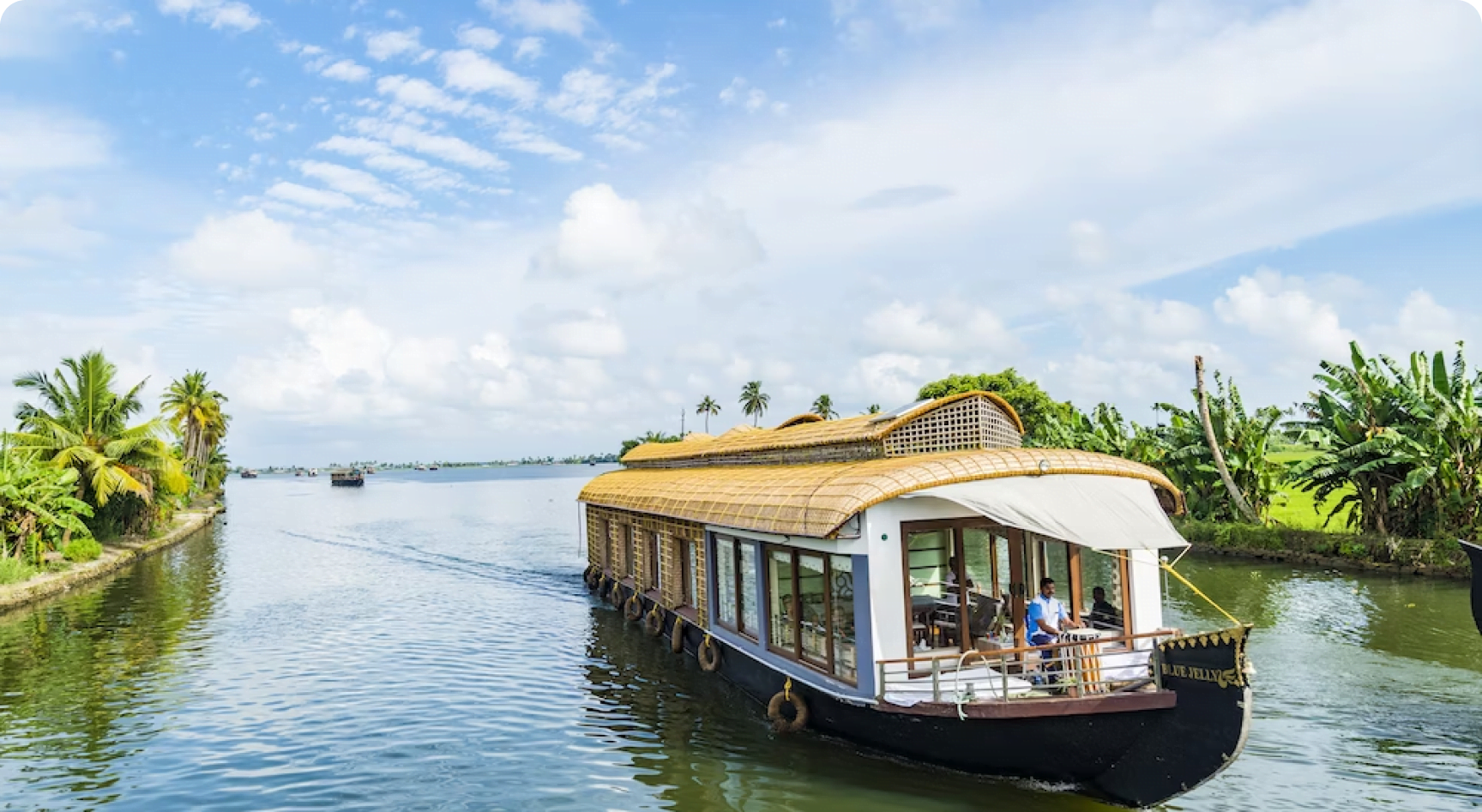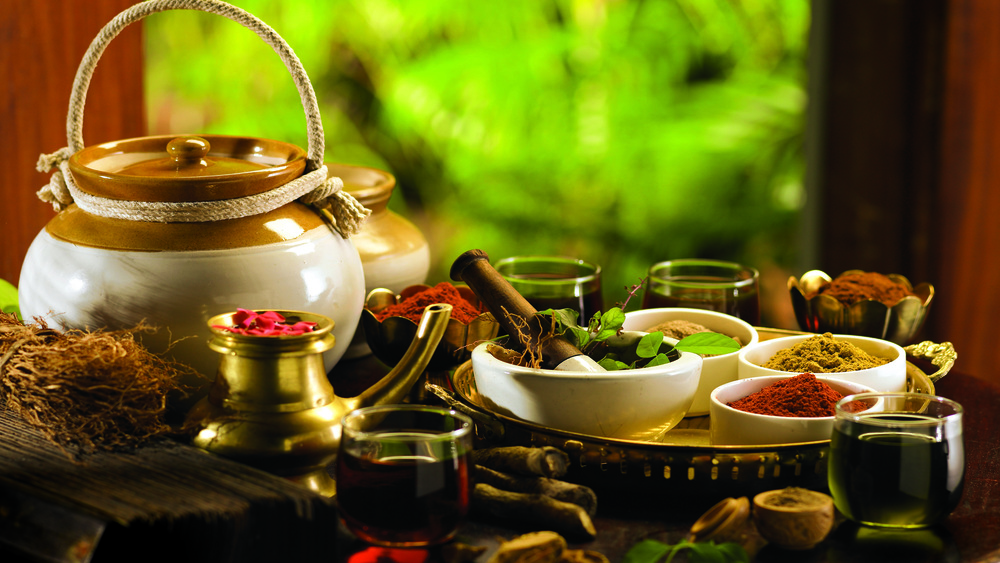


Most of us in India know about Vasco da Gama but few among us know about the history of Kunjali Marakkar (Kunhali Marakkar) – credited with organizing the first naval defence of the Indian coast.
Together with Tyndis Heritage, let’s go back in time, to the medieval period in the Malabar to discuss Kunjali Marakkar history.
Zamorins – the rulers of Kozhikode (1124 A.D – 1806 A.D) was one of the most talked-about, powerful, wealthy and strong kingdoms in India. This was possible through the cordial trade relation the Arab, Chinese and Roman traders had with the people of Malabar for centuries. Though Zamorins followed Hinduism, they were tolerant of other religious ideas and business relations.

The advent of the Portuguese to Malabar
This scenario changed with the arrival of Portuguese explorer Vasco da Gama in 1497. Both Zamorin and Gama rubbed each other in the wrong way and a friendly trade talk did not happen. Though Gama returned to Lisbon, he came back to Kozhikode again in 1503 with a strong intention to spread Christianity and monopolize spice trade. Steadily, the Portuguese began to dictate terms of trade to evict Arab traders from the Malabar. They had the audacity to mandate that any ship carrying profitable goods even if it is of Indian origin, had to have a pass from the Portuguese, else they were confiscated. Now, this was naturally not acceptable to the Zamorins.

Moreover, to take over the trade rights belonging to the local Muslim community and to destabilize the Zamorin, the Portuguese befriended Cochin Raja to be their trade partner. This led to a war between the Zamorins of Kozhikode and the Kochi Raja. Thus, for the first time, the region witnessed rivalries, betrayal, violence and bloodshed.
Appointing Kunjali Marakkar – Beginning of Kunjali Marakkar history
In this battle, Ismail Marakkar – a rich Muslim marine merchant who was based in Kochi, secretly helped the Zamorin by offering his men and few ships. But they were all destroyed by the Portuguese. Marakkar family then left for Ponnani in the Zamorin’s dominion. From 1507 to 1524, the Portuguese attacked Ponnani and destroyed the ships and forces of Zamorin. These continuous attacks by the Portuguese were affecting the sea trade and the income of the kingdom. The traders here moved further north, probably in Kottakkal. Few of these sea traders approached the Zamorin with their own plan to retaliate. Zamorin picked Kutti Ahmed Ali as the naval admiral of his fleet and gave him the title of ‘Kunjali Marakkar‘ and entrusted to protect the sea.
Though there is no clear picture of the Marakkar genealogy as per Kunjali Marakkar history, I believe in the version that suggests they were merchants from Egypt who settled down in Kochi for trade and later moved to Kozhikode. Kunjali Marakkar I (1520 – 1531), Kunjali Marakkar II (1531 – 1571), Kunjali Marakkar III (1571 – 1595) and Kunjali Marakkar IV (1595 – 1600) had fought eighty years of relentless war against the Portuguese. They had no warships, cannons and technology to match the Portuguese; instead had brilliant war strategies, qualities to lead the pack and excelled at guerrilla warfare at sea.

The Power of Marakkars – The thrilling Part of Kunjali Marakkar history
As years passed by, the warfare continued. One after another each Marakkar did their duties with utmost zest and devotion. But not all rulers were the same, some made thoughtless decisions. One of the historical blunders was a peace treaty the Zamorin signed with the Portuguese in 1528 that allowed them to build a fort at Ponnani, which was a strategic position. This was the first instance when the relation between the Zamorin and the Muslim seamen turned sour. This was a major turn in Kunjali Marakkar history.

Kunjali-IV gained popularity not only among his people but he assisted other enemies of the Portuguese like the Rani of Ullal and Sulthan of Bijapur. In 1598, the Portuguese convinced the Zamorin that Marakkar IV intended to take over his Kingdom to create a Muslim empire. In an act of betrayal, the Zamorin joined hands with the Portuguese who brutally killed him.
The bravery of Kunjali Marakkar is one that the Mappila community of North Malabar cherishes fondly till date, as the power of Zamorin was always connected with the sea power of the Kunjalis. With the death of Kunjali Marakkar IV in 1600, the political and economic power structure of the kingdom of Zamorin dwindled too. The kingdom of Kozhikode was exposed to colonialism. Though the Portuguese succeeded in completely impeding trade with the Arabs, the Dutch entered the trading scene by 1653 and dominated Kochi, Kannur and Kozhikode. Slowly, the commercial hub shifted to Kochi.
Hero worship of the Marakkars
For the Portuguese, Vasco da Gama is definitely a hero. While we should not judge the events of the 15th century with the morals we consider right in the 21st century, what we should proactively do is celebrate our national heroes in a bigger way. Probably the two Malayalam movies that are slated to release in 2020 is a move in this direction.

As the motto of Tyndis is to promote sustainable tourism and community building, we persuade locals to interact with the tourists and share their rich culture and traditional stories. If you are in the Malabar and interested to trace the maritime history or know more about Kunjali Marakkar, we can take you to the ancestral home of the Marakkars at Kottakkal, which is now preserved as a museum. As a tribute to this legend of the Indian Seas, the Indian Navy has erected Kunjali Marakkar Memorial here.
Some of the family members of Kunjali Marakkar who were engaged in trade had moved to the coastal regions of Tamil Nadu. At Madhavan Kurichi, a small village in Thoothukkudi, Tamil Nadu there is a Perumal temple with a painted image of a ship and the legendary Kunjali is worshipped here. Let’s assume that the fearless seafarer must have saved this village from some danger.

A Contrary Anecdote about the Marakkars – Different take on Kunjali Marakkar History
There is also a parallel discussion about the history of the Kunjali Marakkars. A few historians say that the conventional take on the history of Malabar and its early relations with Portugal is not all correct. Initially, the Portuguese arrive Indian coasts looking for spices. They are said to have conquered a major share of maritime trade in Malabar which was earlier in the hands of Arabs.
The Portuguese are also regarded to have conquered the Christian community than existed in Kerala, who had their affinity to the Patriarch of Babylon. The Portuguese majorly succeeded in destroying the West Asian domination that existed in Malabar both in terms of maritime trade and religion. It is interesting that the Portuguese were not bothered to set up a colony in North Kerala or the then Malabar Coast.
As the Arabs lost their spice trade monopoly in Malabar, they triggered Muslims to agitate and fight against the Portuguese. But there is no solid evidence connected with this agitation and battle between Muslims of Malabar and the Portuguese. As long as there are no concrete indications of this, it cannot fully support the idea of the heroic image of Kunjali Marakkars in Malabar, says few historians. Due to the lack of solid documentation of Kunjali Marakkar history, it also brings up a scope of rejecting the view of the Kunjalis as anti-imperialists and anti-Portuguese fighters.
According to the parallel story, the records of history indicated that before 1524, the Marakkars closely associated with the Portuguese – helping them to tackle the tactics of the Zamorin and the major Arab merchants in Calicut.
Then, in 1524 certain events occurred that made the Marakkar turn against the Portuguese. It is said that the problem for this side change was the decision of the Portuguese to do trade directly from the native Christians and Hindus. This meant that the Marakkars would no longer be the middle agents of the Portuguese, marking a major twist in the Kunjali Marakkar history.
Thus, the Marakkars reached out to the territory of the Calicut Zamorins. They associated with the Zamorins and Arab Merchants of Calicut to put an end to the Portuguese presence in Malabar Coast. That is how the Marakkars went onto become an integral part of Malabar’s history.
Few historians mentioned at the 80th edition of the Indian History Congress that beyond the avenging of the act of Portuguese in removing them as the agents, the Marakkars haven’t done anything significant that makes them deserving of the tag of ‘freedom fighters’. The popular view that the Marakkars are patriots supporting the Zamorin is not backed by facts.
The historians also added that certain actions of the Kunjali Marakkar and the statements by Shayk Zaynuddin clearly indicate that the Marakkars were of the idea of creating an Islamic Principality under their leadership in Malabar. Historian adds that these ideas have no particular relevance with Kunjali Marakkar history.
It can also be seen that after 1600, the Marakkars were severely harmed by the Calicut Zamorin with the help of the Portuguese. However, the local lores have Kunjali Marakkar history with the Marakkar described as a heroic figure. The emotions of the people of the coast were however ignited through songs, ballads and many fanciful stories connected with the fiction-like life of the Kunjali Marakkars. They were sung and told in every Muslim household and market place, igniting the emotions of all and sundry.

Today, one can even see a big-budget movie being produced in Malayalam film industry, starring the superstar Mohanlal. The movie named ‘Marakkar – The Lion of Arabian Sea’ directed by Priyadarshan is yet another example of the deep-rootedness of the stories about the history of Kunjali Marakkar.
This might just be a parallel take, were the Marakkars are portrayed as just a little heroic. However, the emotional connect that the people of Kerala have with Kunjali Marakkar is beyond any modifications. Whether or not history agrees to this, Kunjalis of Malabar will remain as eternal figures of Bravery and Patriotism in the hearts of people of the Malabar Coast.
If you would like to explore such historic tourist places in Kerala with Tyndis, do fill in this Enquiry Form and we will get back to you with a tour package to suit your interest.




